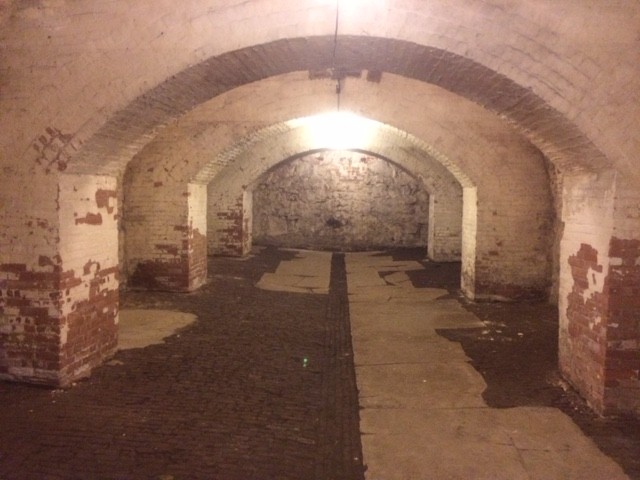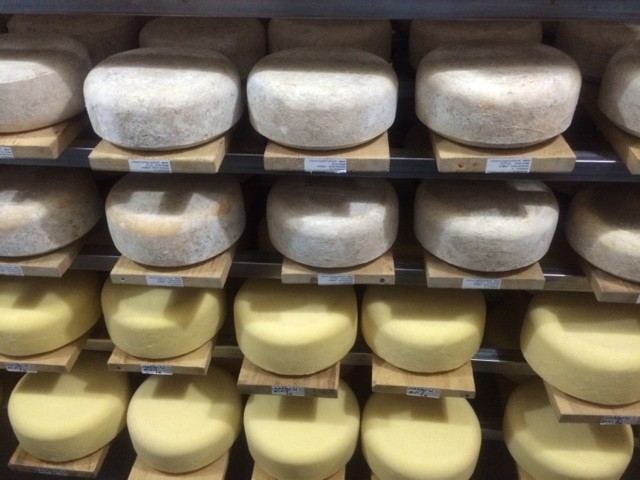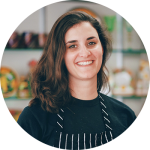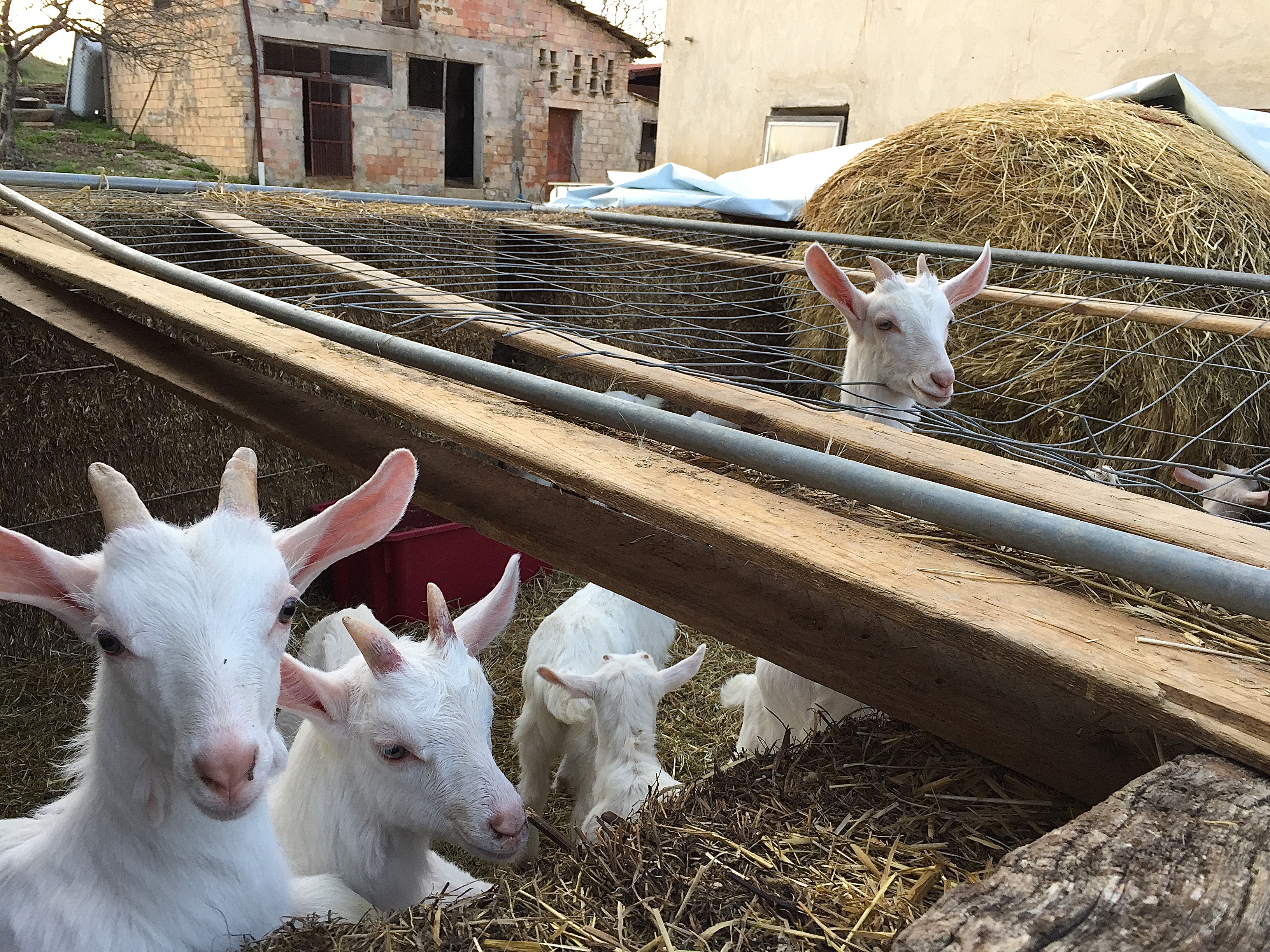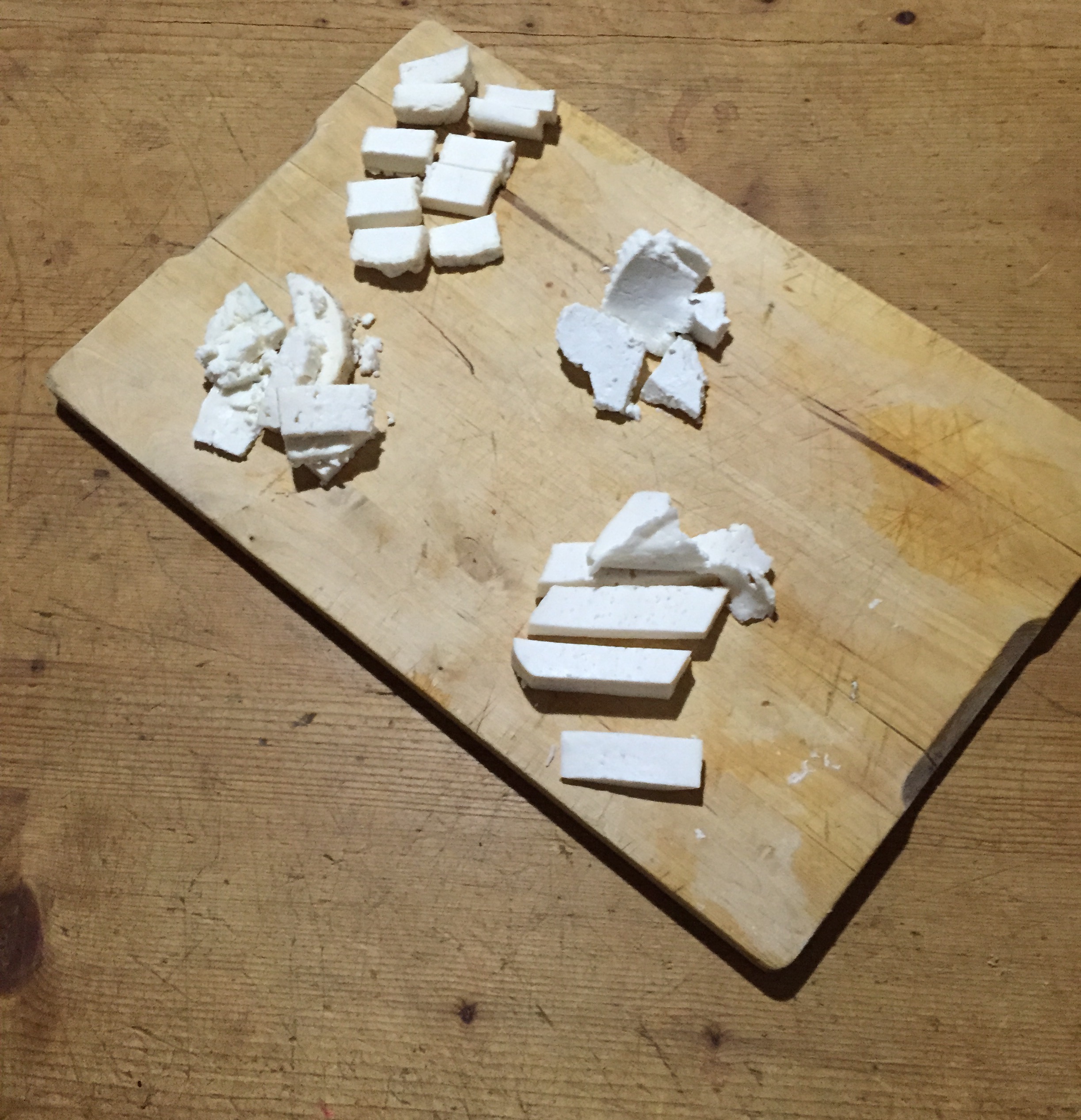One of the most exciting parts of being a cheesemonger is getting to know our cheese producers: the people whose love, care, and mastery create the decadent wheels that you see in our case. We stock the counter at Via Umbria with gorgeous cheeses from small farms, creameries, and affineurs that your average shopper won’t see at the supermarket. Meeting and developing relationships with these cheese artisans is one of the best parts of my job.
On a recent snowy morning, I had the privilege to visit Crown Finish Caves, a small-batch cheese producer located in Crown Heights, Brooklyn. The formerly industrial New York neighborhood is filled with empty turn-of-the-century factories like the one that houses Crown Finish Caves. Their old, brick building appears unremarkable at first sight, but a surprise lies in what’s buried underneath: long, damp tunnels.
When owners Benton Brown and Susan Boyle discovered these underground caverns, they scrapped their plan to convert the building into office space and turned their attention to producing cheese. Far-flung from the farm, the urban locale of Crown Finish posed unique challenges, namely procuring access to large quantities of milk. However, the climate of the tunnels that Brown and Boyle had unwittingly acquired proved perfect for affinage, the subtle art of aging cheese.
Affinage is what makes blue cheese blue, stinky cheese pungent, and gives brie and camembert their fuzzy white exteriors. It’s a large part of what makes every cheese distinctive. Brown, an artist with no former affinage experience, threw himself into mastering the tricks of the trade. He became well-versed on the subjects of temperature, humidity, and time requirements for aging different cheeses. He learned to recognize desirable and undesirable mold, and perfected the finer points of cleaning, brushing, washing, turning…all factors that go into creating a beautiful, unique cheese.
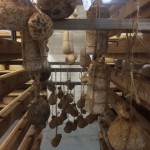
Young cheeses, primarily from Northeastern farms, make their way to the caves year round. Currently, the Crown Finish caves hold about 11,000 pounds of cheese, and plans to expand and diversify production are in the works. There are, of course, a few favorite staples like Tubby, an alpine-style cow’s milk cheese from Spring Brook Farm in Reading, VT, and Reverie, an Italian toma-style cheese from Parish Hill Farm in Westminster West, VT. Ever the innovator, Brown loves to try out new techniques and create custom cheeses for clients. While I was there, he showed me a few experiments involving duck fat washes and wagyu beef tallow coatings–not exactly your typical cheese treatments.
Stop by our counter and sample the wonders of Crown Finish Caves, from the fruity, complex Suffolk Punch to the silky, toasted sesame-infused Gatekeeper. I was deeply impressed with the care and creativity that goes into crafting Crown Finish cheeses, and I’m sure you will be too.


